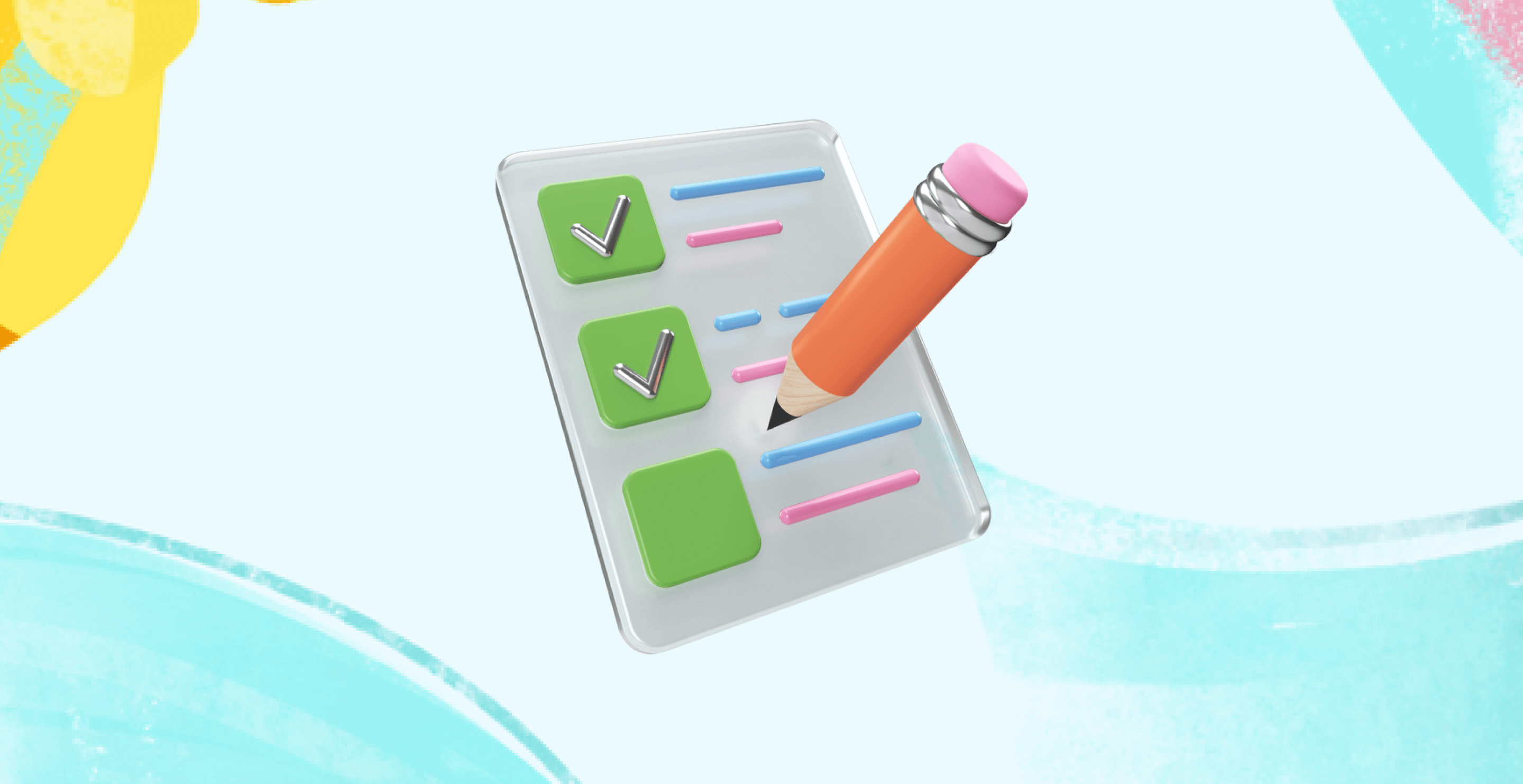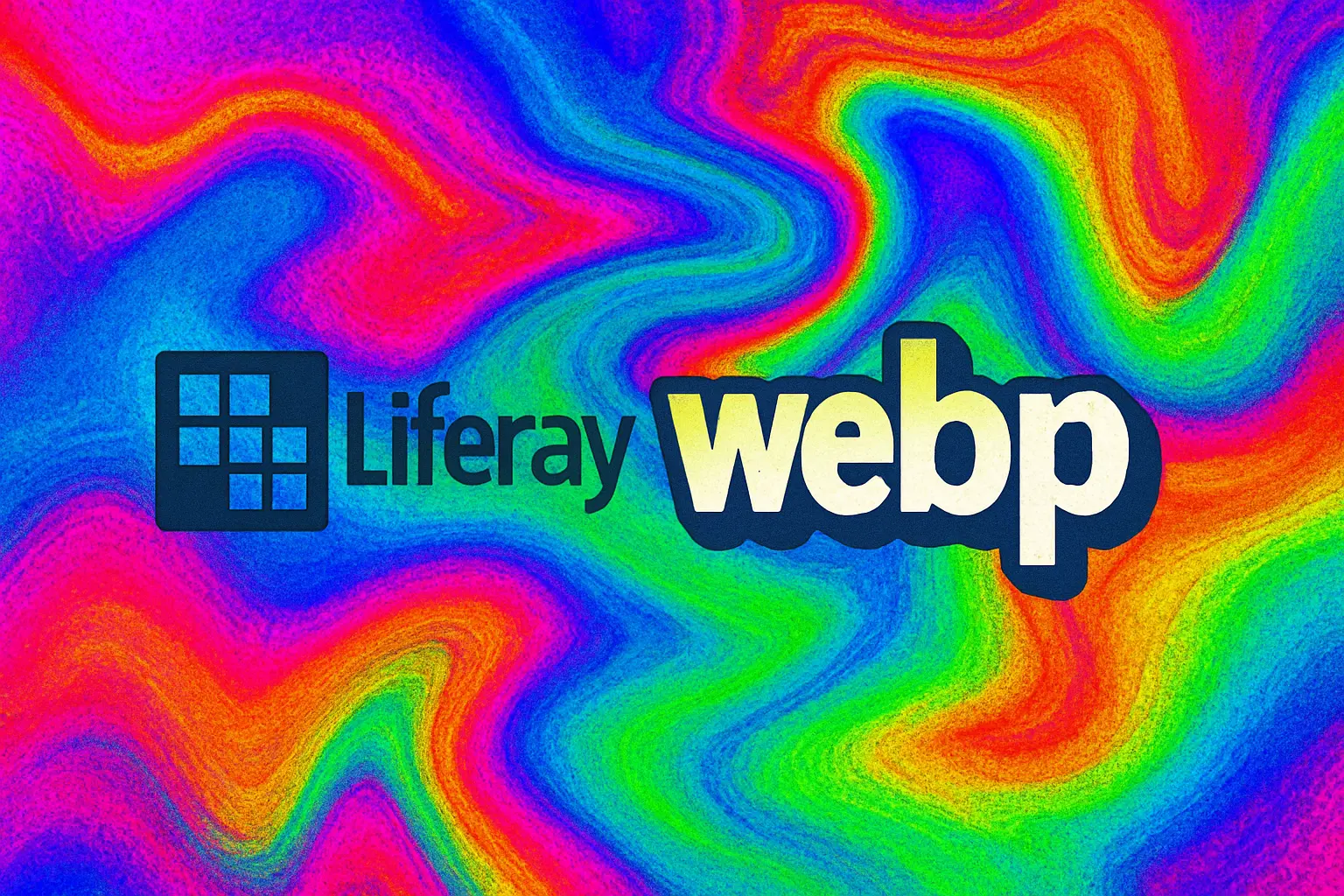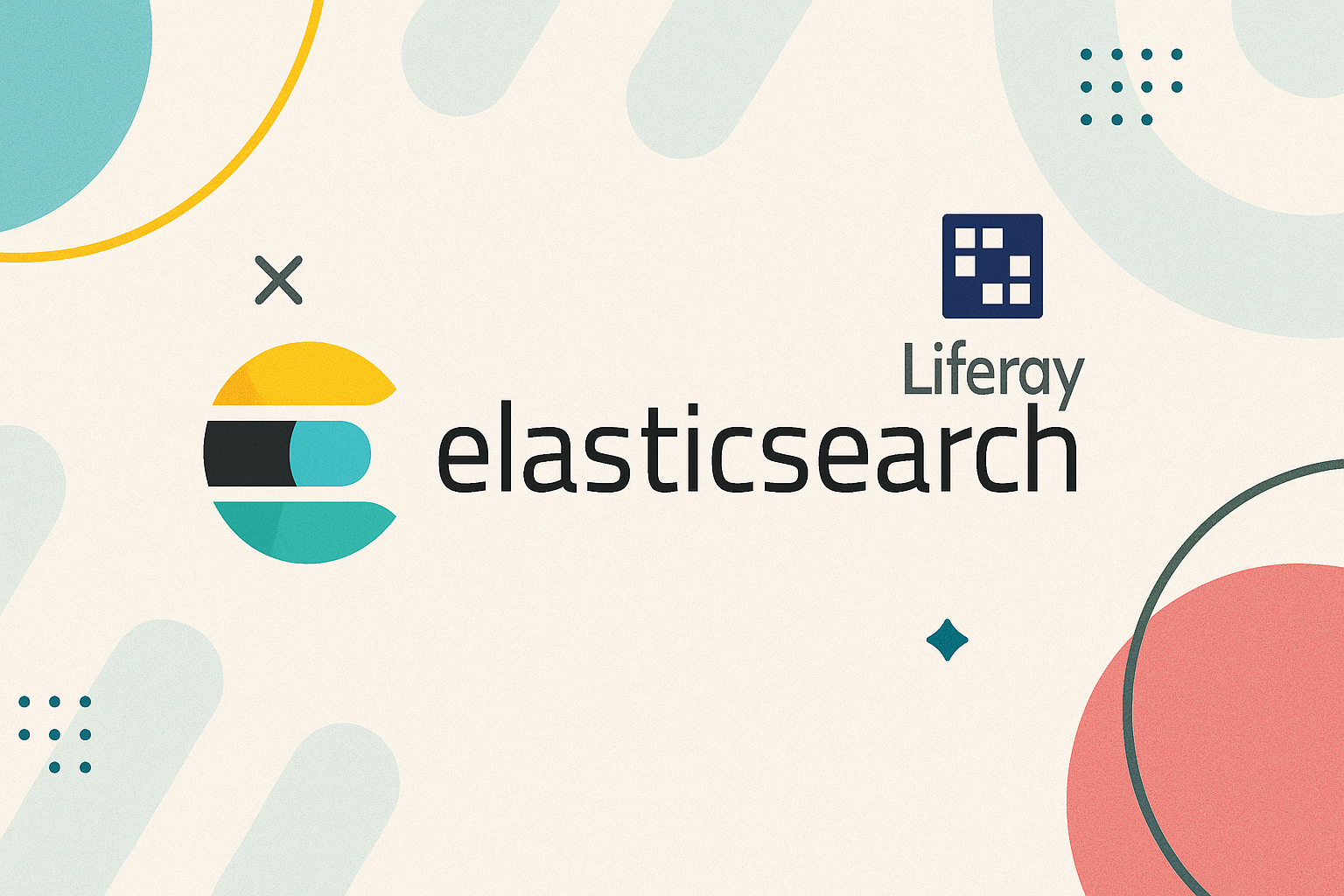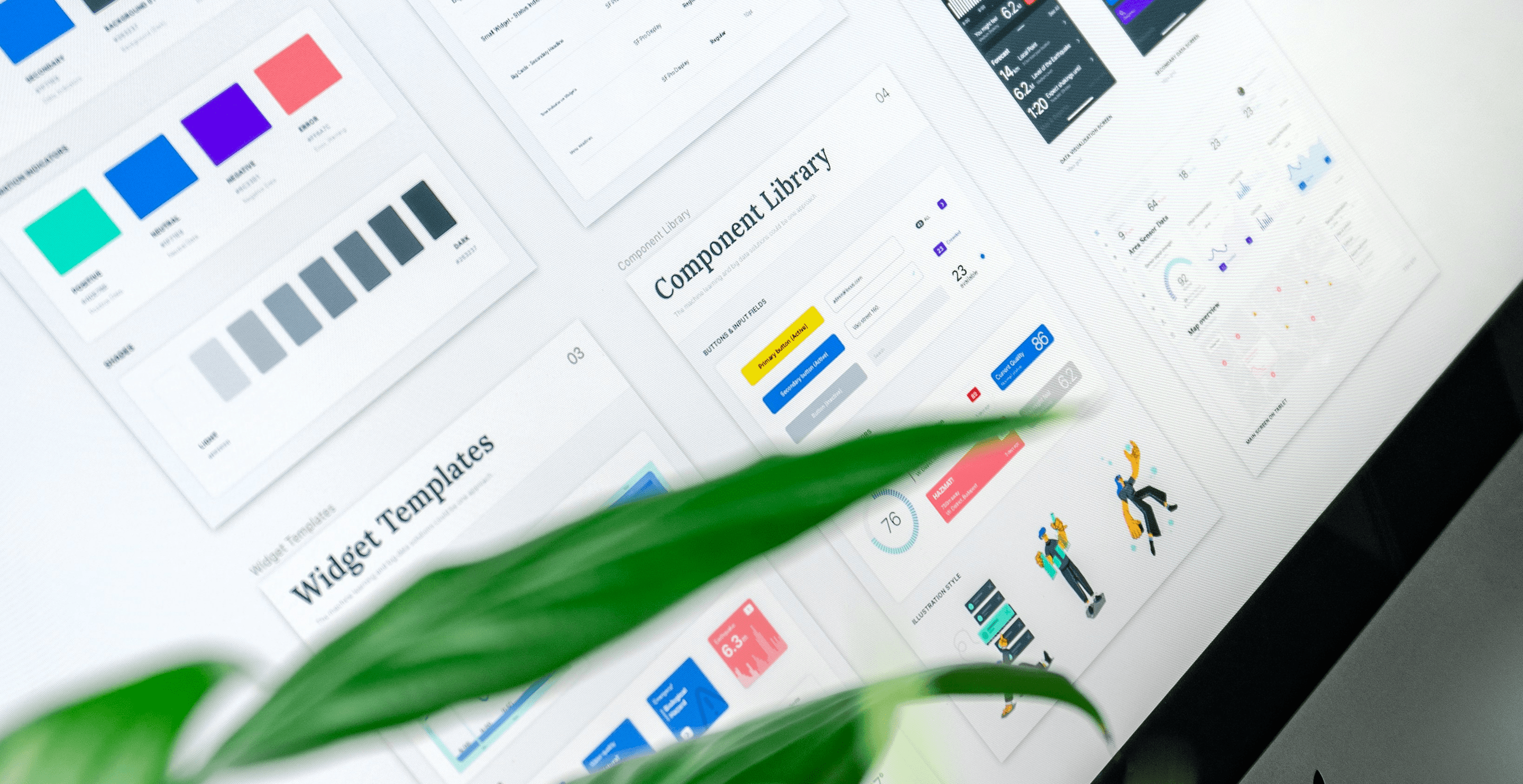How many times has it happened that you deliver something and then "details" come up that you didn’t know were part of the design?
A design is not finished just because it "looks good." For a design task to be truly ready for delivery, it must go through a thorough review to ensure visual quality, usability, accessibility, content clarity, and user validation.
Here we share a basic Definition of Done (DoD) checklist for design, organized by key areas. Each product will have its own specific criteria, but this structure is a good starting point to align expectations within teams.
Visual Design (UI)
- Complies with the style guide (colors, typography, icons, spacing…).
- Applies clear visual hierarchies (headings, buttons, subheadings).
- Consistent interface across all screens.
- Includes all visual states: hover, focus, active, disabled.
- Text, images, and icons are aligned and optimized.
- Accessible colors according to WCAG.
- Responsive design: adapts to desktop, mobile, and tablet.
User Experience (UX)
- Fluid and logical navigation, without unnecessary friction.
- Clear feedback in interactive elements (animations, transitions…).
- Usability principles applied: familiar language, error prevention, state visibility.
- Tested and validated flows to ensure they are understandable without explanations.
- Friction points eliminated.
- No horizontal scroll or overflowing elements.
Text and Content
- Text reviewed for clarity and conciseness.
- Clear and specific error messages.
- Effective calls to action in buttons and links.
- Forms with placeholders and examples that guide the user.
Testing and Validation
- Testing with real users to detect blockers or issues.
- Evaluation of key tasks: Can users complete the important actions without confusion?
- Correction of friction points: forms, purchase processes, etc.
- Click tests and heat maps (using tools like Hotjar or Crazy Egg).
- Verification of all flows to avoid dead ends.
- Testing on different devices to ensure smooth access to every section.
Conclusion
A good design is not just about aesthetics: it’s validated, tested, structured, documented, and communicated. This basic checklist serves as a minimum quality framework, though each team or product may adapt it based on their needs.
In the end, designing well also means ensuring everything fits, flows, and makes sense for those who will use it.





